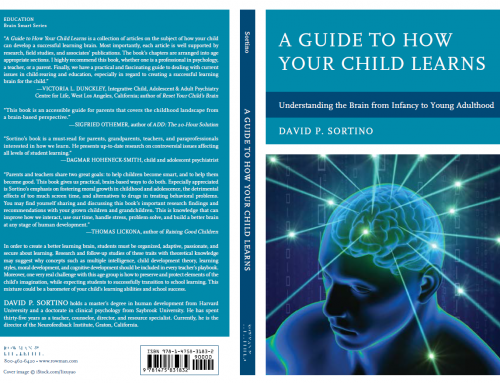The ongoing saga regarding professional athletes and PEDs, performance enhancing drugs, minimizes the real problem concerning the consequences for players and drug suppliers.
For years those in power have looked in the other direction when dealing with performance-enhancing drugs.
That is, higher athletic performance means money to the athletes as well as to their teams. However, there is something far more insidious beyond the consequence of a suspension or lost money for perpetrators. Instead, the discussion should focus on the effect such athletes have on our most vulnerable and impressionable audience — namely our kids.
An estimated 4% to 12% of U.S. high school boys and up to 3.3% of high school girls have used anabolic steroids.A study by Buckley found that 6.6% of male high school seniors had tried steroids, with 67% initiating use by 16 years and 40% using multiple cycles. These findings were later confirmed in studies of Indiana high school football players, as well as from a 2003 Center for Disease Control report. Prevalent studies extend to middle school populations as well (Orthopedics, Oct. 2008). .
For teens, the most common performance-enhancing drugs and supplements include Creatine, a naturally occurring compound in the body that is also sold as an over-the-counter supplement. It is primarily used to enhance recovery after a workout and increases muscle mass and strength.
Creatine is popular with athletes who participate in football, gymnastics, hockey, wrestling etc. Side effects include weight gain, nausea, muscle cramps and kidney damage.
Another popular drug are anabolic steroids. Anabolic steroids are synthetic versions of the hormone testosterone, used to build muscle and increase strength. They are popular with football players and weightlifters. Use of anabolic steroids can cause heart and liver damage and halts bone growth.
Finally, there are the steroid precursors. Steroid precursors, such as androstenedione (“andro”) and dehydroepiandrosterone (DHEA), are substances that the body converts into anabolic steroids. They are used to increase muscle mass. Most steroid precursors are illegal without a prescription. DHEA, however, is still available in over-the-counter preparations. Side effects of steroid precursors are similar to those for steroids (Mayo Clinic, 2009).
If your child is using performance-enhancing drugs the warning signs are: behavioral, emotional or psychological changes — particularly increased aggressiveness (“roid rage” as in steroid rage); secondly, changes in body build, including muscle growth, rapid weight gain and development of the upper body; lastly, increased acne and facial bloating; needle marks in the buttocks or thighs. Finally, enlarged breasts for boys or smaller breasts in girls.
Parents can do the following. For example, educate your athlete not only about the ethics of drug use and cheating in athletic competition, but also, the health risks as stated above. Also, it is against the law to use steroids. Most steroid precursors are illegal without a prescription. Moreover, parents must take a zero tolerance when it comes to their child using performance-enhancing drugs. If you take drugs, you quit the team.
Get involved with your child’s team. Visit the practices and get to know their coaches etc. Moreover find positive role models to speak to the player about the effect drugs can have on the human body. Monitor your teen’s purchases. Check the ingredients of any over-the-counter products your teen uses. Watch for performance-enhancing drug paraphernalia, Finally, get in touch with your healthcare provider for additional support. It could be a key to your child’s mental and physical health.
Dr. David Sortino, a psychologist and current Director of Educational, a private consulting company catering to teachers, parents, students. To contact Dr. Sortino, e-mail davidsortino@comcast or on his blog: Dr. David Sortino – Santa Rosa Press Democrat.


